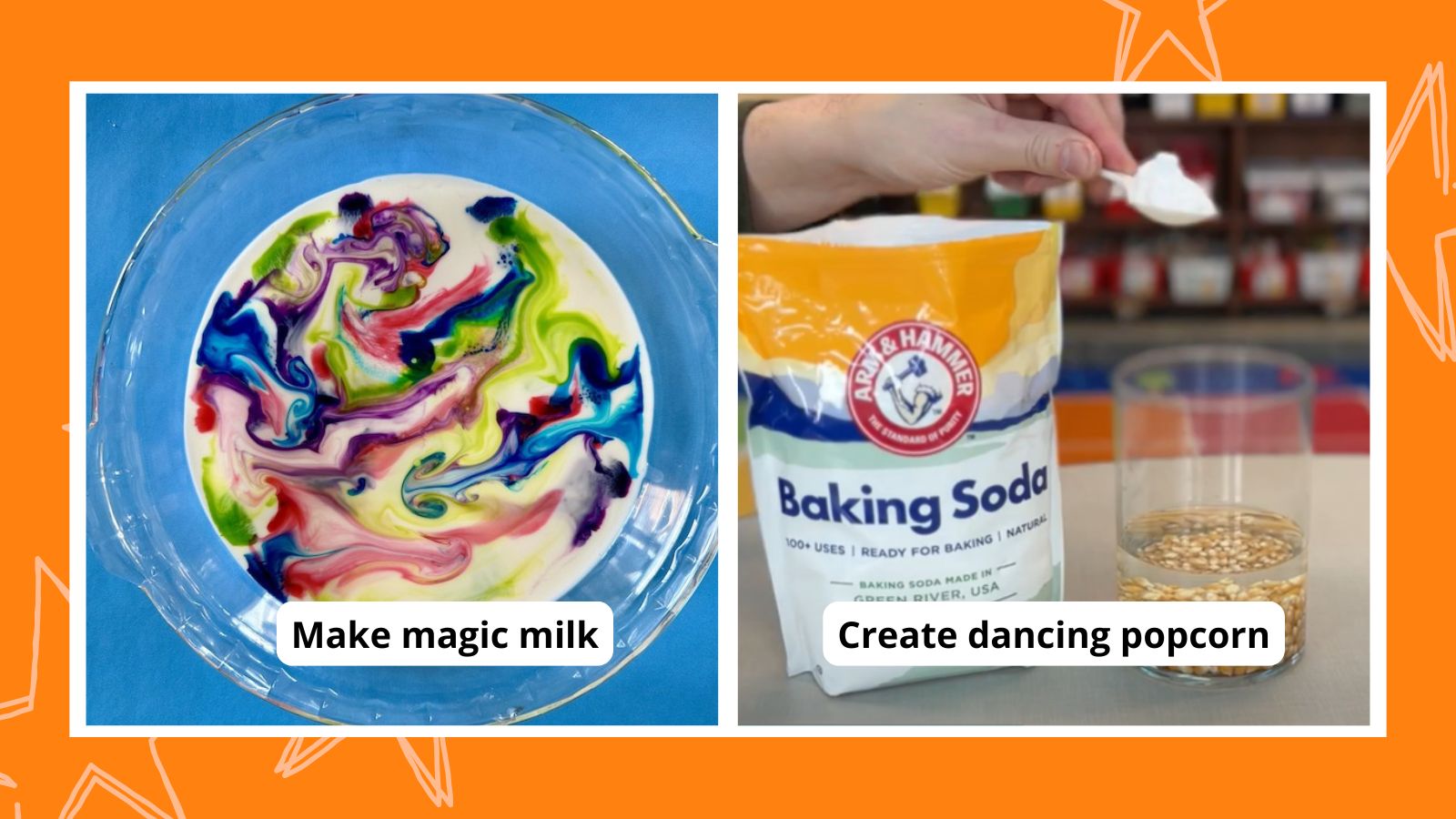
Key points:
- Interactive whiteboards are supportive tools in preschool teaching
- Educators love their edtech, but want more training
- 6 ways to create engaging elementary learning spaces
- For more news on edtech trends, visit eSN’s Innovative Teaching hub
To all the new preschool teachers, I hope this article brings you joy, motivation, and encouragement as you work to create warm and inspiring environments for your students to learn and grow with the use of technology in the classroom. As a preschool teacher with five years of experience at Emerson Elementary School, I understand the challenges new educators face. I am excited to share my knowledge of incorporating technology into the classroom and hope that it provides you with the support and inspiration you need.
When preschoolers enter the classroom, the first thing they notice is the “big TV,” which is an interactive whiteboard. They quickly recognize that it is a touch screen and are eager to interact with it and explore its features. At this age, preschoolers are curious, adventurous, and active, always seeking ways to engage their bodies and minds. As educators, we are fortunate to have access to amazing technology like interactive whiteboards, which help transform the classroom into an engaging, focused, and playful environment where everyone can learn through this technological device.
To provide more details, I have outlined three simple ways to use interactive whiteboards in preschool classrooms.
1. Morning meeting: My primary tool for our morning meetings is the interactive whiteboard. It allows me to share my morning message, where each student comes up to the board to write their name, circle the letter of the day, and engage in drawing and coloring activities. These are just some basic ideas on how to use the interactive whiteboard. Furthermore, using interactive whiteboards can help students work together and practice social skills. Researchers have observed greater collaboration among preschoolers when they use interactive whiteboards (IWBs) compared to traditional desktop computers (McManis, 2012, p. 15). Incorporating technology into your morning meetings can be simple; you do not need to be tech-savvy. Just think of the interactive whiteboard as a replacement for the traditional whiteboard. I hope this encourages you to use the interactive whiteboard in your classroom and inspires you to think of creative ways for your students to interact with it.
2. Transition breaks: Transitions can be difficult for preschool students when they move from one activity to another. I have found the smart board very helpful in my classroom. I use the timers for transitions, cleanup time, and breaks. During breaks, I play movement songs or exercise videos so students can release some energy. This method is especially helpful for students with anxiety because it lets them know how many minutes are left before the next activity. For students who need to shake off their wiggles and need a brain break incorporating physical movement to get their bodies moving. Therefore, “teachers can help students meet the physical activity recommendations by incorporating movement breaks in the classroom” (Get The Facts: Movement Breaks in the Classroom Grades K-5, 2023). Using the interactive whiteboard has made transitions easier and has reduced chaos and stress in the classroom. This simple strategy improves the transition process, and I believe you will find it very useful for managing your classroom effectively.
3. Read aloud: In preschool classrooms, read-aloud sessions play a vital role in daily learning. These activities help students develop their language skills, build vocabulary, enhance listening comprehension, and foster a love for stories. To support these skills, we need engaging tools that make learning to read enjoyable. Over the past five years, I have utilized an interactive whiteboard to enhance my read-aloud sessions. It creates a creative and imaginative environment where students can highlight text, look up vocabulary words, and deepen their understanding of stories. “When students listen to audiobooks or watch audio media, they are able to become experienced with different cultures, dialects, and beliefs” (Parmeter, p.24). This method is simple and user-friendly, making it easy for any teacher to incorporate into their daily routine. Using the interactive whiteboard not only makes read-aloud sessions more enjoyable but also helps students cultivate a passion for reading!
As a new preschool teacher, it can be overwhelming at times. I hope you found these interactive whiteboard strategies helpful and view it as a supportive tool in your teaching. As you become more familiar with using the interactive whiteboard, you will find that teaching becomes easier, and classroom management improves. I hope this helps reduce your stress and demonstrates that technology can be a practical resource in your classroom.
References:
Get the Facts: Movement Breaks in the Classroom Grades K-5. (2023, March 21). Prevention Research Center on Nutrition and Physical Activity. https://www.hsph.harvard.edu/prc/priority-areas/physical-activity/movement-breaks-fact-sheet/
Helean, T. & Eastern Washington University. (2023, March 21). Transition timers. Classroom Management Toolbox. https://inside.ewu.edu/managementtoolbox/transition-timers/
McManis, L., & Gunnewig, S. (2012). Finding the Education in Educational Technology with Early Learners. Technology and Young Children. https://citeseerx.ist.psu.edu/document?repid=rep1&type=pdf&doi=1be1d42ffc83f56f72fdbd205952100922d328b2
Parmeter, C. (2012). Student Learning Engagement with SMART Boards in Reader’s Workshop. Fisher Digital Publications. https://fisherpub.sjf.edu/cgi/viewcontent.cgi?article=1234&context=education_ETD_masters
Why Early Childhood Educators Love Teaching With Samsung Flip 2. (2019, March 5). Samsung Business USA. https://insights.samsung.com/2019/03/05/why-early-childhood-educators-love-teaching-with-samsung-flip/#:~:text=The%20Flip%20is%20a%20smart,can%20divert%20from%20a%20lesson.
To all the new preschool teachers, I hope this article brings you joy, motivation, and encouragement as you work to create warm and inspiring environments for your students to learn and grow with the use of technology in the classroom. Edtech Trends, Featured on eSchool News, Innovative Teaching, challenges, classroom, classrooms, educators, interactive, interactive whiteboards, IT, need, preschool, school eSchool News








